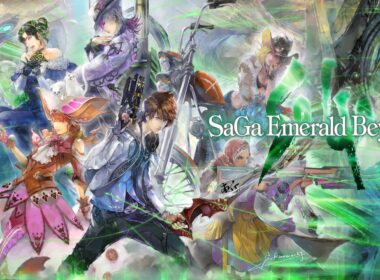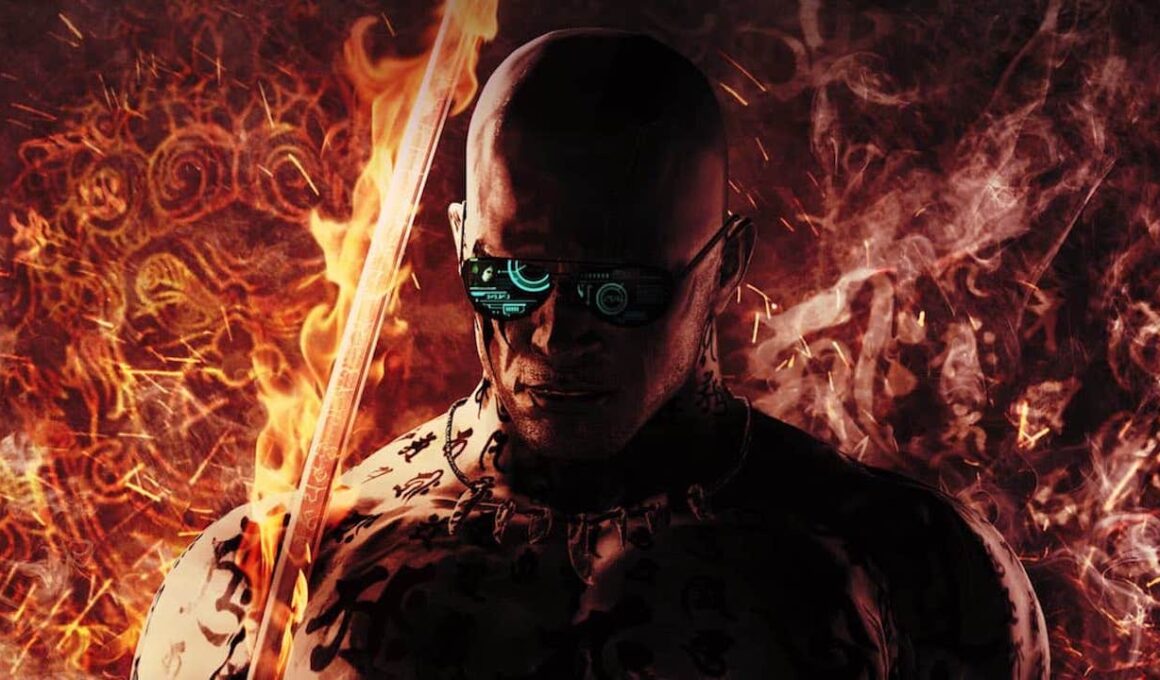It comes as somewhat of an irony that the stirring animation that accompanies the Valhalla Game Studios logo when booting up Devil’s Third, is a Viking longboat weathering a fierce and unrelenting storm. Perhaps intended as a gentle nod to the fact that many of the studio’s staff have origins at Team Ninja, it serves as the perfect embodiment of the Wii U exclusive’s turbulent development.
Still seen by creator Tomonobu Itagaki as having the potential “to be a breakthrough for the industry,” several years in which they encountered repeated, unideal setbacks result in a gameplay experience that never meets such lofty expectations. To that end, Devil’s Third ultimately feels both unfinished and unpolished.
That comes as an inevitable shame as the concept, which sees Ninja Gaiden’s fervour for bloodthirsty hack ‘n’ slash mixed with first-person shooter gunplay, feels remarkably fresh in essence.
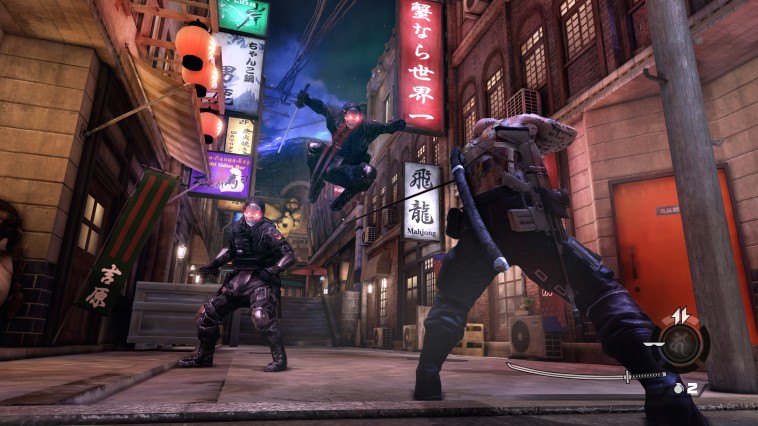
‘Solo-play’ will be the first port of call for many, being the campaign mode in Devil’s Third. This traces tattooed former mercenary Ivan, as he is released from imprisonment at Guantanamo Bay to take down the School of Democracy (SOD). With the world’s satellites and electrical weaponry eradicated by the shadowy group to which he once belonged, players are left to take to battle in close quarters while picking their enemies off from a distance with ranged weaponry.
The plot is lamentably unmemorable, striving to draw on military and political spheres. And, even after the first mission that lack of polish soon becomes evident. Given Itagaki’s deserved reputation for reviving the Ninja Gaiden franchise and creating the blistering Dead or Alive series, only flickers of such stylised predecessors can be seen here.
Switching between ranged and close-quarters weapons is an idea born from brilliance, but neither feels particularly rewarding in implementation. That headshots sever heads cleanly from shoulders will raise a sadistic smirk, but ranged combat broadly feels like a chore. Close-quarters combat is equally weak, with mundane combinations of weak and strong attacks resulting in the same repeated attacks – only weapon variance lending any notable differences.
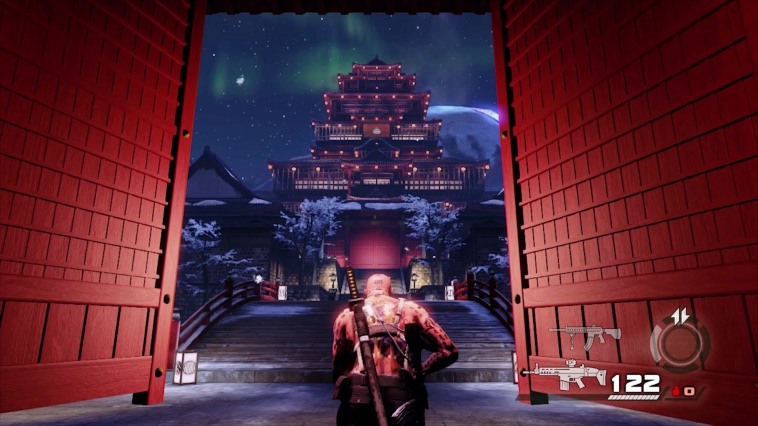
The presentation is equally variable, with character models and environments variable from one to the next. Frame rate inconsistencies frequently mar the experience, explosion effects are laughable and textures often load in late. There were numerous glitches in my playthrough, such as floating bodies and friendly AI running toward walls or miraculously disappearing.
There were still moments that impressed such as wandering through the Japanese temple in Mission 5 and, while often victim to instant-kill attacks, there’s some enjoyable challenge to be found in facing the game’s many bosses. But, in entirety, it’s the most inconsistent experience that I have had in quite a long while and to the point of unfortunate frustration.
The ‘Multi-play’ portion shows more promise, with players enlisting with the Federal Disaster Response Agency (FDRA), handed Dollen currency to suitably equip themselves at Hattie’s, and then thrust into the thick of it.
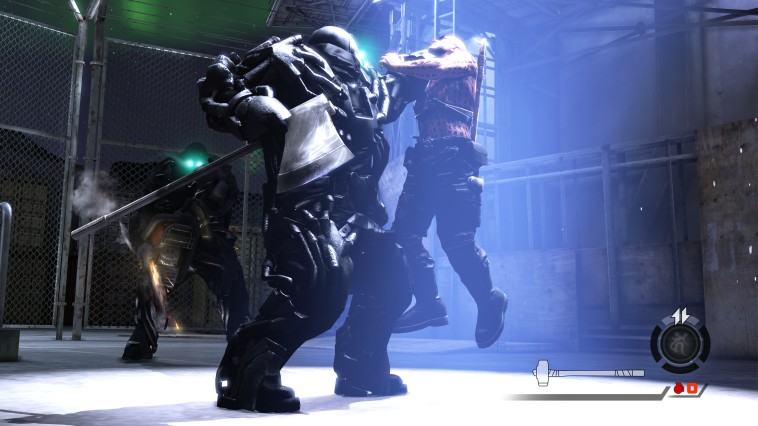
With support for 16-player matches, Drills are the equivalent to game types in Devil’s Third. These range from the free-for-all Battle Royal, Team Deathmatch and Cargo Capture, to more amusing alternatives in hoarding Chickens and the melee weapon-only Close Quarters. It’s easy to appreciate the variety on display here, but it will rely on a sizeable community to ensure that you can hop into whichever playlist you wish.
However, there is the option to press Y for ‘Auto-matching,’ Valhalla’s alternative to Quick Match, which will place you more promptly into an active group of players. There will also be scheduled experience multiplier campaigns that will encourage players to step out of their comfort zones to explore other game types. Whereas other modes will steadily become available in the weeks following launch, such as Carnival, Guardian, Gladiator, Transporter and Ignition.
Players can form and apply to join existing Clans, through which see Siege Match positioned as the central mode in Devil’s Third. Clans will work together to upgrade their level while improving the defences at their customisable fortresses. This is a particularly novel mode, where other Clans can be marked as priority targets, be approached to form an allegiance or make a pact not to attack one another.
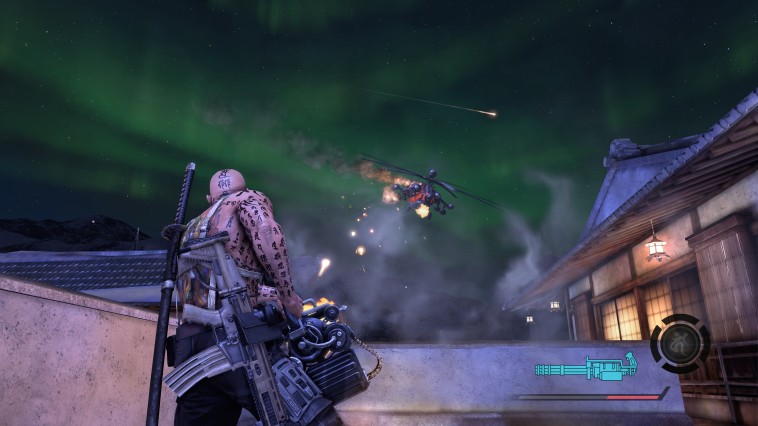
Weapon selection is notably restricted when you first take to the online arena, and players will rely on the Training Rifle as they steadily rank up and earn more Dollen. That early patience will soon pay off, as your bulging wallet will allow you to cater to your own tastes across weapon categories that range from assault rifles and submachine guns right through to machine pistols and handguns.
You can also purchase X-Gear, explosive weaponry that has a more destructive impact on your opposition. However, while you are initially provided with an MGL 40mm (grenade launcher), unlocking other weapons such as the M214 Gatling gun or M295 IACW airburst grenade launcher will require you to use the other currency in Devil’s Third, Golden Eggs.
These are intermittently rewarded through normal play, but introduce microtransactions to act as an accelerator toward enabling faster unlocks. These are bundled with prices ranging from 1 Golden Egg (£0.49) to 100 Golden Eggs (£17.99), however, those quick to criticise should be aware that they aren’t integral to the experience. Aside from X-Gear weapons, their only other use is in that they can be traded for Dollen and to unlock new character outfits. These can all be unlocked through normal play, and so the microtransactions themselves can be seen as being very much an optional choice.
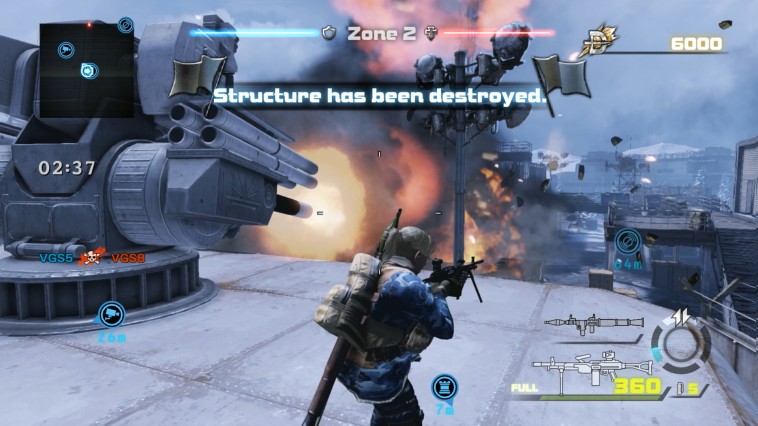
What doesn’t carry across particularly well to Multi-play is Itagaki’s fusion of ranged and close-quarters combat. With so many players on the battlefield, I often stumbled on players that were busy trying to whack each other on the noggin’ and simply picked them off at a distance. But, when the opposite happened to me I quickly realised how frustrating it can be. To that extent, melee weapons felt largely like a useless addition online – aside from in playlists specific to them.
The Wii U GamePad supports Off-TV Play as standard, although in Multi-play presents an information hub that allows players quick access to elements such as a notice board, a list of players that you recently played with, and a mail interface that allows you to exchange messages with those on your Wii U Friends List. There’s also a chat room for you to communicate with other players in lobbies, although a constricted character limit means that you will often be sending half a sentence at a time.
On the whole, Devil’s Third isn’t quite the breakthrough that Itagaki promised it would be. There’s certainly promise on display, but the creator’s vision is never wholly realised resulting in a release that fumbles far short of providing unrivalled thrills. It packs enough content but fails to strike a killer blow.
Version Tested: Wii U
Review copy provided by Nintendo



